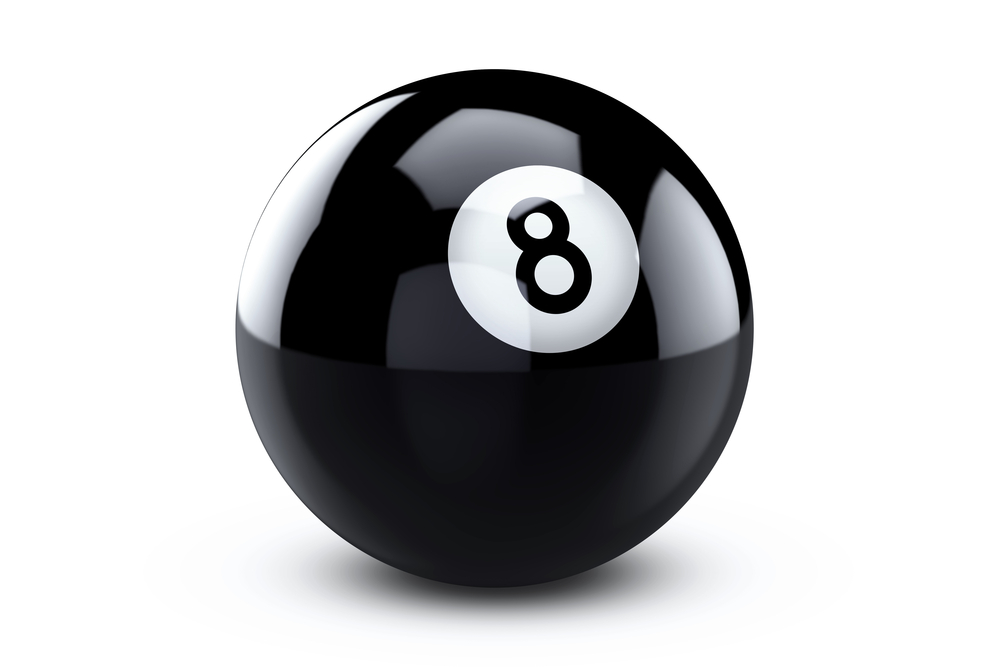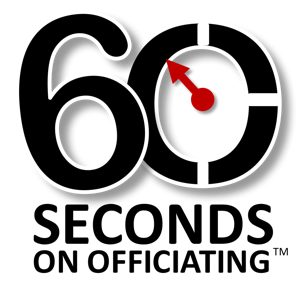
8 Rules You Might Not Know
Here’s eight of my favorite rules that many officials might not realize are true. See how many you knew already.
- . A ball cannot legally travel over the top of a rectangular backboard — but it MAY travel behind it (legally). The top of the backboard is considered inbounds and only becomes a violation if the ball passes over it.
- A high dribble is always legal provided the dribbler’s hand stays on top of the ball, and the ball does not come to rest in the dribblers’ hand.
- A ten-second count continues after a defender tips or bats the ball away from the dribbler in the backcourt. Don’t forget to keep counting!
- All intentional fouls carry a penalty of two free-throws except on an unsuccessful 3-pt try, where three free-throws are awarded. Don’t forget the offended team is also awarded the ball for an ensuing throw-in at the spot nearest to the intentional foul.
- When an airborne shooter commits a player-control foul their successful try for goal can NEVER be counted — regardless if released before or after the foul occurred. The only exception would be in the case of a “double-foul” (aka blarge) whereas the goal may be scored if successful.
- Lifting the pivot foot does not constitute a travel unless the ball handler returns the pivot foot to the floor prior to passing or a try for goal. The pivot foot cannot be legally lifted before the dribble is started as this is a traveling violation.
- The “traveling rule” is NOT in effect during a throw-in. If a player does not maintain one foot over the designated spot area (3 feet in width) the result is a “throw-in violation” and not traveling. But they can move sideways within this prescribed limit and backward as far as they wish.
- A three-second (lane) violation can occur when the ball is batted away from the team in control or they temporarily lose control on their own. If players remain in the lane area during a loose ball it’s quite possible to rule a violation. The team who was last in control is still considered to be in control, until there is a change of status — such as the defense gains control or the ball becomes dead.
Keep these eight obscure rules in the back of your head during your next scholastic contest and you will be on top of your game.

Would it be correct that, #4 should read, “…except on aN UNSUCCESSFUL 3-pt try, where three free throws are awarded”? (4.19.3A)
Might an exception to #5 exist in the case of a “blarge”? (4.19.8C)
Thanks Freddy … good catch and clarification. I updated the article to reflect your suggestions. Thank you !!!
Good stuff. Thanks
I had a disagreement with the coach on interpretation number five the other night. “By him I’m a referee and I know your call was wrong” by your definition my call was correct and his interpretation was wrong.
One for the more knowledgeable people.
Billy. One other exception might be a goaltending on player B2(defensive player) before A1 makes contact with B1
A ball cannot legally travel over the top of a rectangular backboard — but it MAY travel behind it (legally). The top of the backboard is considered inbounds and only becomes a violation if the ball passes over it. How may a ball travel behind the backboard – legally? Do you mean a player can score from behind the backboard?
love the site…I will use it for meetings..thanks
Can a shot be counted if it is put up behind the backboard but touches nothing? What if it is shot behind the backboard, bounces on top of the rectangle and goes in?
I wrote these down and will keep them in my back pocket.